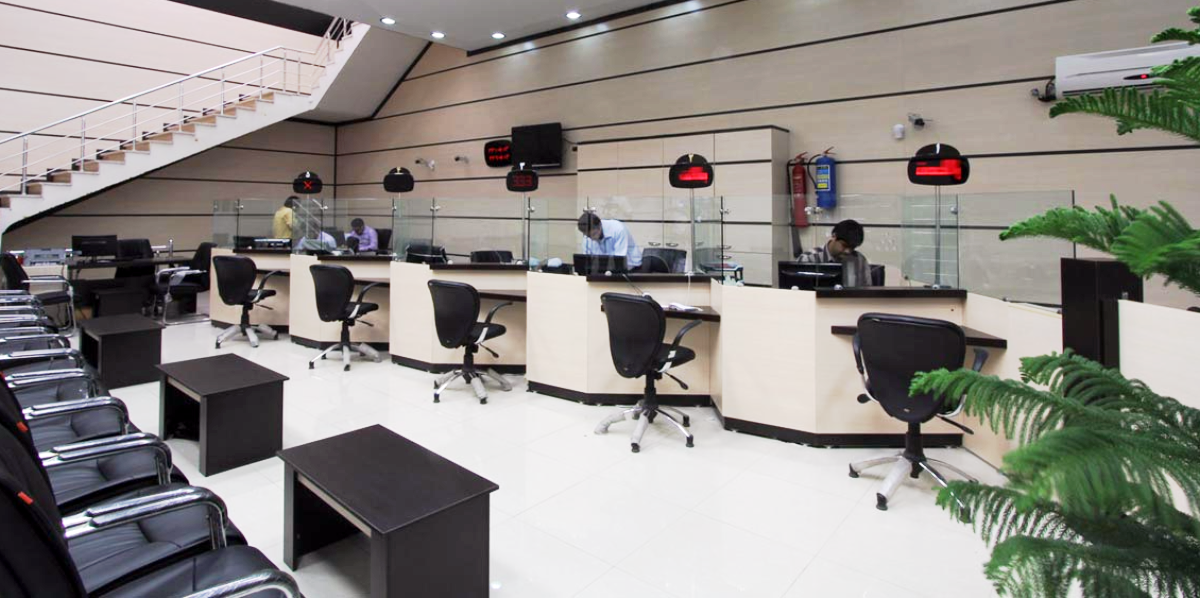The Institute for Trade Studies and Research, affiliated with the Ministry of Industries, Mining and Trade, has published a report that proposes short-, mid- and long-term solutions to reform the Iranian banking system.
The report makes note of World Economy Forum’s assessment that financial markets’ development is based on accessibility of loans for businesses and individuals, banks’ financial strength and cost of financial services. These are among the most important variables for determining a country’s economic development.
In its Global Competitiveness Report of 2016–17, WEF ranks the Iranian economy 131st in terms of development of financial markets among 138 countries, which reflects the inefficiency of the country’s monetary market.
The high volumes of non-performing loans and banks’ expensive operations are the main reasons behind the WEF ranking.
According to data from the Central bank of Iran and World Bank, the ratio of non-performing loans in Iranian banks hovered around 10.2% in 2015 while the average figure for banks in MENA and across the world respectively stood at 3.45% and 4.34%.
According to the WEF report, in terms of branches and ATM machines, Iranian banks have a higher average than other countries in the region and world.
In 2015, Iranian banks had 30.98 branches per 100,000 people. The number stood at 13.56 for countries in the Middle East and North Africa while the global average is around 12.7.
This is while Iranian banks own 66.8 ATM machines per 100,000 people, which is much higher than the average in MENA region at 27.93 or in the world, which is around 40.5.
An analysis of the report indicates that the average interest rate of banks’ deposits and lending rates stand higher than global averages: the average rate for the former stood around 18% while the rate for the latter hovered at 14.2%.
This is while the average interest rate of bank loans in MENA and the world is about 9.3% and 11.42%.
Some of the necessary measures ITSR’s report proposes to reform the Iranian banking system are as follows:
Short-Term Solutions
* Curbing the interest rate of bank loans in line with the inflation rate;
* Utilizing political capacities to reduce the ratio of banks’ non-performing loans;
* Benefitting from foreign resources in light of the nuclear deal’s implementation;
* Prioritizing the recapitalization of state-owned banks and improving their capital adequacy ratio;
* Curbing government bonds’ interest rates, which lets banks reduce the interest rate on deposits;
* Improving deposit insurance to prevent any financial crisis in banks and credit institutions.
Mid- and Long-Term Solutions
* Devising a plan to benefit from the resources of foreign financial institutions;
* Correcting government’s relationship with the banking system by lowering the amount of mandatory loans;
* The gradual easing of rules allowing banks to set their fees for financial services;
* Adding variety to business plans and financial markets;
* Dismantling financial institutions whose financial structure makes the continuation of their operations unjustified.
Iranian banks need to benefit from their high number of branches and workforce to determine the level of credit merited by their customers, assess projects’ risks and offer financial counsel to companies and individuals instead of just being a conduit for allocating loans, which has raised the ratio of non-performing loans three times above the global average.


